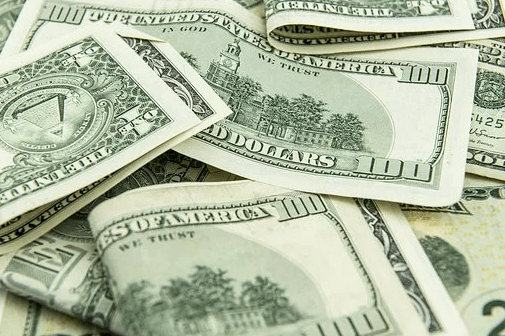The peso closes with a gain of 39 cents against the dollar

The peso closed August with an appreciation of 1.73% or 38.5 cents, trading around 21.89 pesos per dollar, touching a minimum of 21.7408 and a maximum of 22.9097 pesos.
The foregoing was the result of a general weakening of the US dollar, whose weighted index registered a decline of 1.54% in the month, accumulating five consecutive months down with a decline of 6.91 percent.
Likewise, the weakness of the dollar was accentuated in the months of July and August, given the evidence that the Covid19 pandemic could continue, making the economic recovery in the United States slow and increasing the probability that the Federal Reserve will maintain a highly monetary stance. accommodating for several years.
In August, the Federal Reserve modified the framework for monetary policy.
Although the dual mandate of maximum employment and inflation of 2% is maintained, now more importance will be given to the employment mandate, allowing inflation to fluctuate above its target.
This was interpreted by the market as accommodative, since it could allow the economy to overheat during the recovery period without the Fed considering raising its interest rate.
The weakness of the dollar allowed most of the currencies to gain ground, with the exception of some currencies of emerging economies such as the Turkish lira that depreciated 5.22%, the Brazilian real that lost 4.65% and the Argentine peso that lost 2.51 percent.
This was mainly due to factors of political uncertainty in these countries.
The peso and its trend
Going forward, the Mexican peso could continue to gain ground, approaching the level of 21.50 pesos per dollar, last seen in the first half of June.
The greater appreciation of the peso would be related to the weakness of the dollar and not to a lower perception of risk over the country, since the number of infected and dead by Covid19 in the country continues to rise and this represents a risk for the economic recovery towards the end of the year in 2021, mainly in the services sector.
It should be noted that, in the month, the yield rate of the 10-year M bonds showed an increase of 35 basis points to 6.08%, observing a similar movement along the yield curve, with the exception of short rates. term.
The interest rate is inversely related to the price, therefore, increases in the rates of return of the securities are related to lower prices and lower demand for these bonds.
Therefore, the increase in the yield of M bonds may be evidence of a greater perception of relative risk on the Mexican economy and of capital outflows.
Markets
During September, markets are expected to remain attentive to the pace of the economy’s recovery and the development of the pandemic.
Thus, positive signs about a coronavirus vaccine or treatments that reduce the probability of death, could generate episodes of optimism.
On the contrary, evidence of a resurgence of cases, particularly in advanced economies, could put the stability of financial markets, mainly the capital market, at risk.
Indicators of Banxico
In this scenario, the currencies of emerging economies are the ones that could continue to show the greatest vulnerability and a greater risk of depreciation.
In August, the euro hit a low of 1.1696 and a high of $ 1.1966 per euro. Finally, the euro peso touched a minimum of 25.8195 and a maximum of 26.9197 pesos per euro.
At the close, the interbank quotes for sale were located at 21.8861 pesos per dollar, 1.3364 dollars per pound and at 11933 dollars per euro.
Gabriela Siller; PhD
Director of Economic-Financial Analysis.
Banco BASE
![]()

